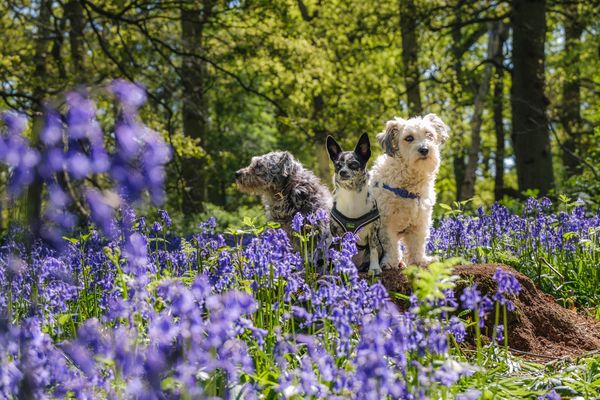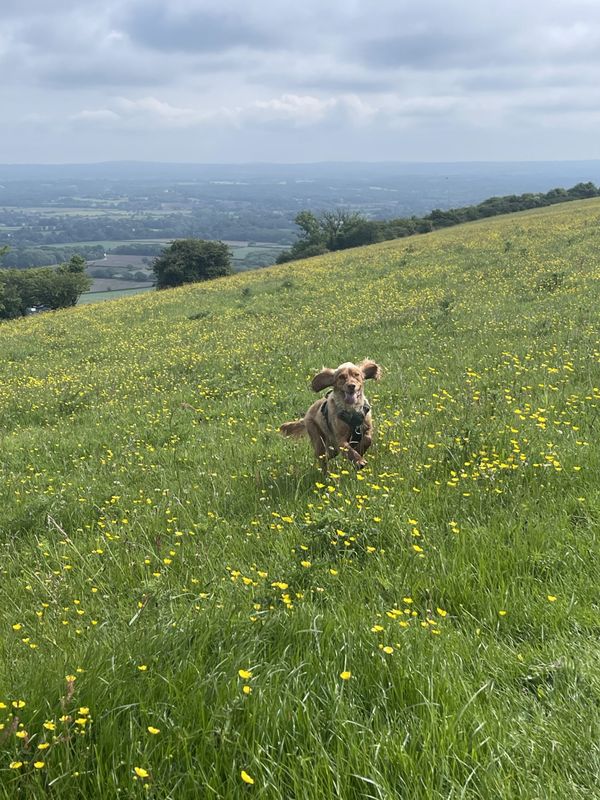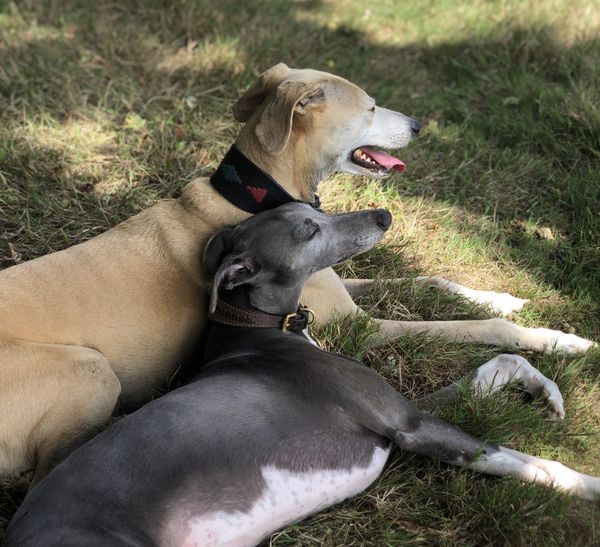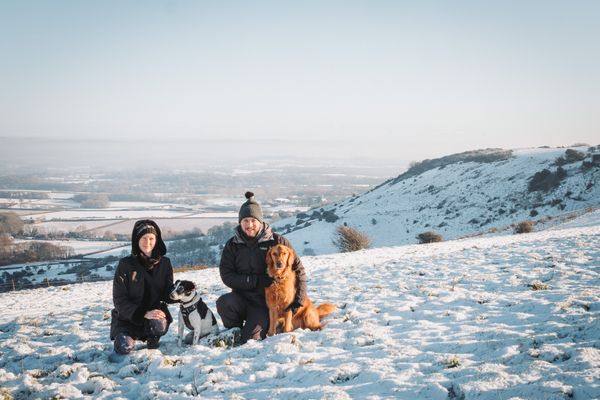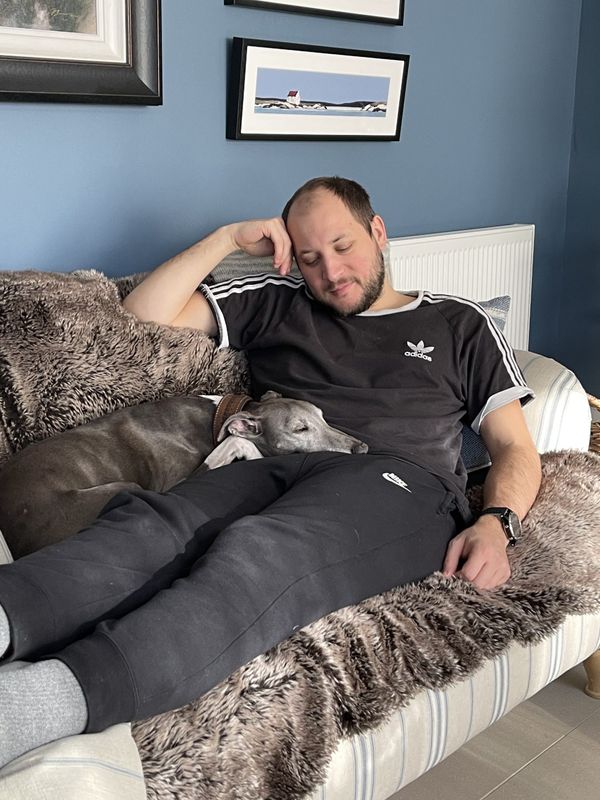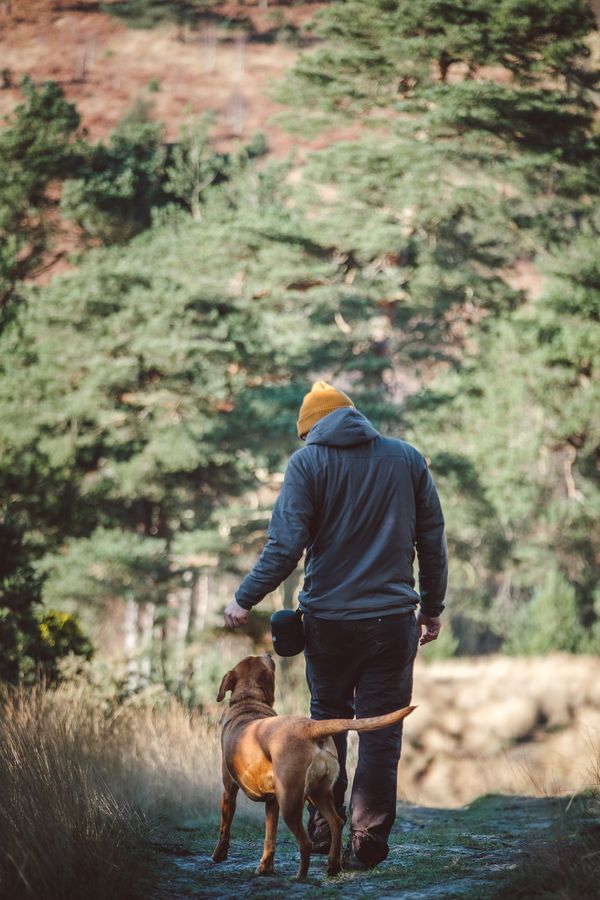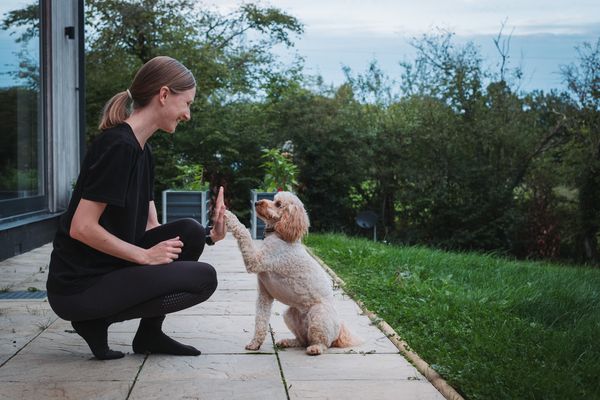As full time pet sitters, we’ve experienced our fair share of quirky situations. From caring for 18 small dogs at an adorably-chaotic house sit in Essex, to looking after a Great Dane and a Chihuahua who were best friends at a house sit near Malmesbury. There’s never a dull moment and we wouldn’t have it any other way! One our more specialist house sits was caring for a tri-pawd (three-legged) puppy. Greek Harehound Leah was rescued from a centre in Greece as a puppy by her now owners, who we’ve had the pleasure of housesitting for on multiple occasions. The centre in Greece wasn’t sure what had happened to one of Leah’s front paws, but once she arrived in the U.K. they were advised to go ahead with amputation. With a 6-year-old Chihuahua sister to show her around, Leah soon settled into life on three paws – but a tri-pawd dog does require special care. Here are our top tips for caring for them, whether you’re a house sitter like us or have a tri-pawd of your own!
Removing obstacles
Everything is more difficult to physically navigate when a doggo has three paws to stand on instead of four. The first, and easiest, thing to do is to optimise their space for them to easily move through the home. Observe them as they walk around, and take note if there are any areas where the dog struggles or hesitates. Make sure there’s enough space between furniture, like coffee tables and sofas, so they don’t hit their head or fall when trying to manoeuvre around them. Leah does especially well when navigating steps, but if you find your three-legged pooch is having difficulty – and no amount of encouragement is helping – it may be helpful to find a small ramp. It may take some training to get your tri-pawd used to a ramp though, so we wouldn’t necessarily recommend trying this if you’re a pet sitter or someone caring for the dog for a short time.
Gentle exercise
If your tri-pawd dog is a larger breed, they’ll have a more difficult time supporting themselves – especially if the missing leg is at the front, where most of their weight is carried. Leah’s owners invested in a good quality harness to aid with supporting her weight while on walkies, and while we care for her we take her on one or two short walks around the garden each day. Tri-pawd dogs, especially larger breeds, tire easily – so it’s best to go for multiple short walks instead of one long one. Let them set the pace, gently encourage them and praise them as they walk, and look out for signs of slowing down or fatigue to ensure they’re not over-doing it. We tend to let Leah sniff her way to the end of the garden and take a rest for five minutes or so, as it’s quite a large space, before we walk her back up to the house. It’s great for her to have Jessie, her Chihuahua sister, to encourage her to come outside and walk around – if your dog has a buddy at home, involve them in your activities too!
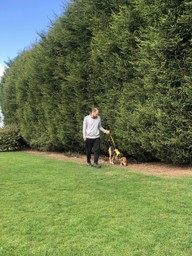
Enrichment toys
As a tri-pawd may struggle to get as much exercise as a four-legged pooch, you’ll find they have more energy as a result of not being able to burn it off from walking or running. Enrichment toys are a great way to use up some of that excess energy, as experts say that just 20 minutes of playing with enrichment toys is equivalent to an hour’s walk in terms of stimulation! Whether it’s a snuffle mat filled with biscuits to find, a puzzle toy they have to work out and nudge around, or a Kong stuffed with their favourite treat, these kinds of interactive toys can be hugely beneficial to keeping your dog entertained and ensure they get the ‘exercise’ they need.
Owners don’t always have these kinds of toys when we’re pet sitting, but you can always improvise with biscuits underneath plastic cups, folding treats into blankets so the dog has to dig for them, or setting up a ‘treasure hunt’ (we once made an Easter egg hunt for a small terrier while pet sitting – very wholesome to watch!)
(We may receive a small commission if you purchase a product using one of our links, at no extra cost to you)
A well-managed diet
While using treats is a good way to encourage your tri-pawd dog to interact with enrichment toys, don’t be too heavy-handed! It’s important to monitor the food intake of your tri-pawd dog so they don’t become overweight – as we’ve said, they carry most of their weight on their front two paws. Even if your tri-pawd is missing one of its back legs, it’s still wise to keep their weight down to reduce the impact on their joints and limbs.
While we’re talking food, an elevated food and water bowl for larger tri-pawd doggos ensures they don’t lose their balance while bending down to eat or drink. There are so many different designs out there, so you can find one to suit the height of your dog. If you’re pet sitting, or temporarily caring for a tri-pawd dog, you can always make do with a box or low footstool to rest bowls on to make the dog more comfortable.
Lots of love… and training!
After a big day of short walks, enrichment toys, treatos and generally looking out for Leah, we retire to the lounge with her and Jessie for an evening of snuggling up for cuddles and scratches behind the ears. We constantly praise, and correct, Leah throughout the day so she knows what we’re doing together – while on walks, we gently encourage her to ‘come this way’ and praise her when she does. When we give her treats we ask her to sit and wait – not just because this is good obedience training for her, but also so she doesn’t become over-excited and lose her balance.

Ensuring your tri-pawd dog has at least basic training will not only help you to have a positive experience with them in the long-run, but it’s for their safety too! If we’ve learnt anything over the past five years of pet sitting full time it’s that a small dog will bark as if they’re a big dog, a big dog will sit on your lap as if they’re a small dog, and just because a dog has three legs, they won’t let it slow them down! Leah knows she can’t run as fast as Jessie but it doesn’t stop her from trying, and face-planting the grass as she tries to chase her sister around the garden. There’s not much you can do to stop a puppy from being excited when they meet new people, hear the postman, or are running around with their friends, but if you can teach a tri-pawd dog to calm down again when these things happen there’s less risk of them hurting themselves or someone else.
If you’ve found this post helpful, and would like to see more of the pet products we use at our house sits, head to our Products We Recommend page.
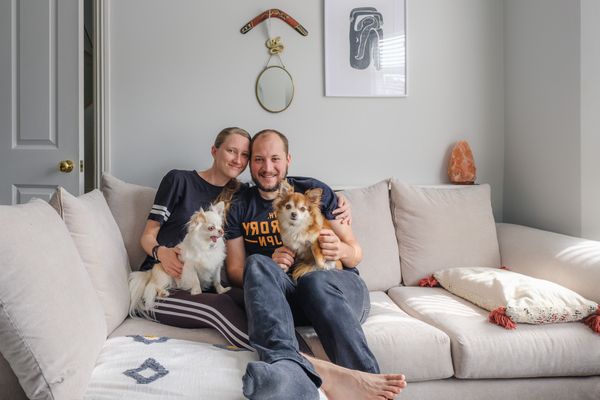
We are Chris+Suze

